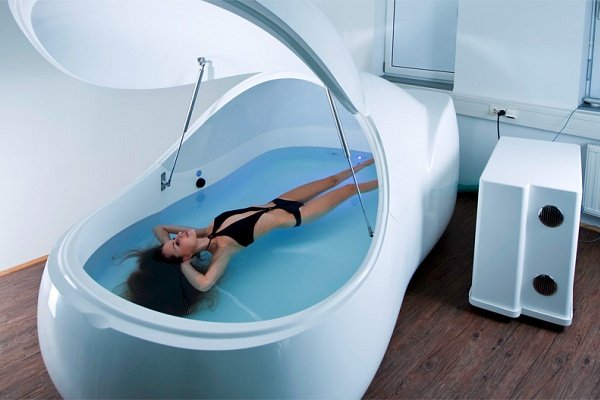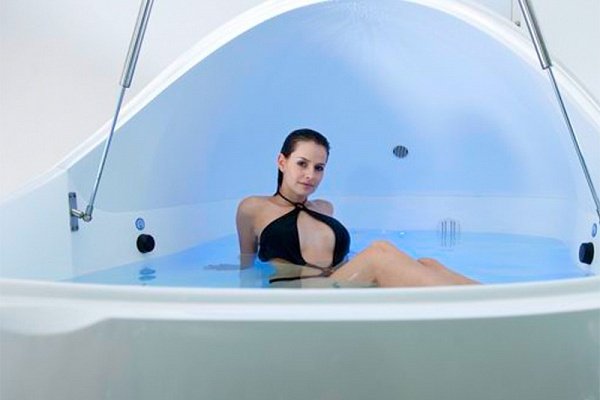02 November 2022, by i-sopod
Nine percent of people will have an eating disorder, such as anorexia, bulimia, or binge eating disorder, in their lifetime.[*] Despite having the word “eating” in the name, these common disorders are about much more than food. They’re complex mental health conditions that typically require intervention to alter their course.
While traditional treatment generally involves a combination of psychotherapy, nutritional counselling, and sometimes medication, a novel intervention called Floatation-REST is steadily gaining recognition.
What is Floatation-REST and how can it support the recovery of those with eating disorders? Here’s what you need to know.
What Is Floatation-REST?
Floatation-REST (Reduced Environmental Stimulation Therapy) is a type of therapy that involves floating in a sensory deprivation tank, which is a dark, soundproof tank filled with a foot or less of skin-temperature Epsom salt infused water.
When floating in one of these tanks, a person is cut off from all outside stimuli, including sound, sight, and gravity. As the person floats weightless in silence and darkness, the brain enters a deeply relaxed state.
Interoceptive Awareness and Eating Disorder Recovery
A person with an eating disorder often has a distorted view of their body’s appearance. For example, people with anorexia nervosa tend to overestimate their body size, seeing themselves as much larger than they actually are.[*].
Float therapy can help manage this distortion, restoring a person’s perception of their body to a more non-exaggerated state.
How is this achieved? When floating in a sensory deprivation tank, all outside stimuli are eliminated. You feel weightless, free, and undistracted. This state allows for a greater ability to identify, access, understand, and respond appropriately to your body’s internal signals and sensations. This awareness is known as interoceptive awareness.[*].
This continuing research has demonstrated impressive results showing that the lack of sensory stimulation found in the floatation tank can “shut down” sensory cortices, leading to decreased anxiety and elevated interoception.
Dr. Justin Feinstein of the Laureate Institute for Brain Research theorizes that increased interoceptive awareness can help people become more attuned to their bodies, allowing them to perceive themselves more accurately.[*]
This was demonstrated in a recent study involving people with anorexia.[*] [*] Participants were shown images of a very thin figure, an average figure, and an overweight figure. They were then asked to select the image that most closely represented how they wished their body looked and one representing the way they felt their body currently looked.
After a series of float therapy treatments, the participants were asked to reselect images. All participants selected a more accurate portrayal of their bodies following float therapy.
How Else Does Float Therapy Benefit Those with Eating Disorders?
Eating disorders are often accompanied or fuelled by a complementary mental illness, most commonly anxiety disorders.[*]
Fortunately, Float-REST has been shown to be effective in reducing anxiety. For example, one 2018 study involving 50 people with stress- and anxiety-related disorders found that a single one-hour session in a floatation tank significantly reduced anxiety and improved mood in all participants.[*]
Help People Float Their Way to Recovery
While Float-REST is typically not used as a stand-alone treatment for eating disorder recovery, it shows great promise as a complementary therapy.
If you’re interested in opening a float centre or adding float therapy to your spa offerings, consider i-sopod, a revolutionary float pod manufacturer that supplies tanks to the UK, USA, Europe, and Australia markets. As the first-ever floatation pod, i-sopod is the preferred choice for those seeking the most reliable and durable floatation tanks available.






